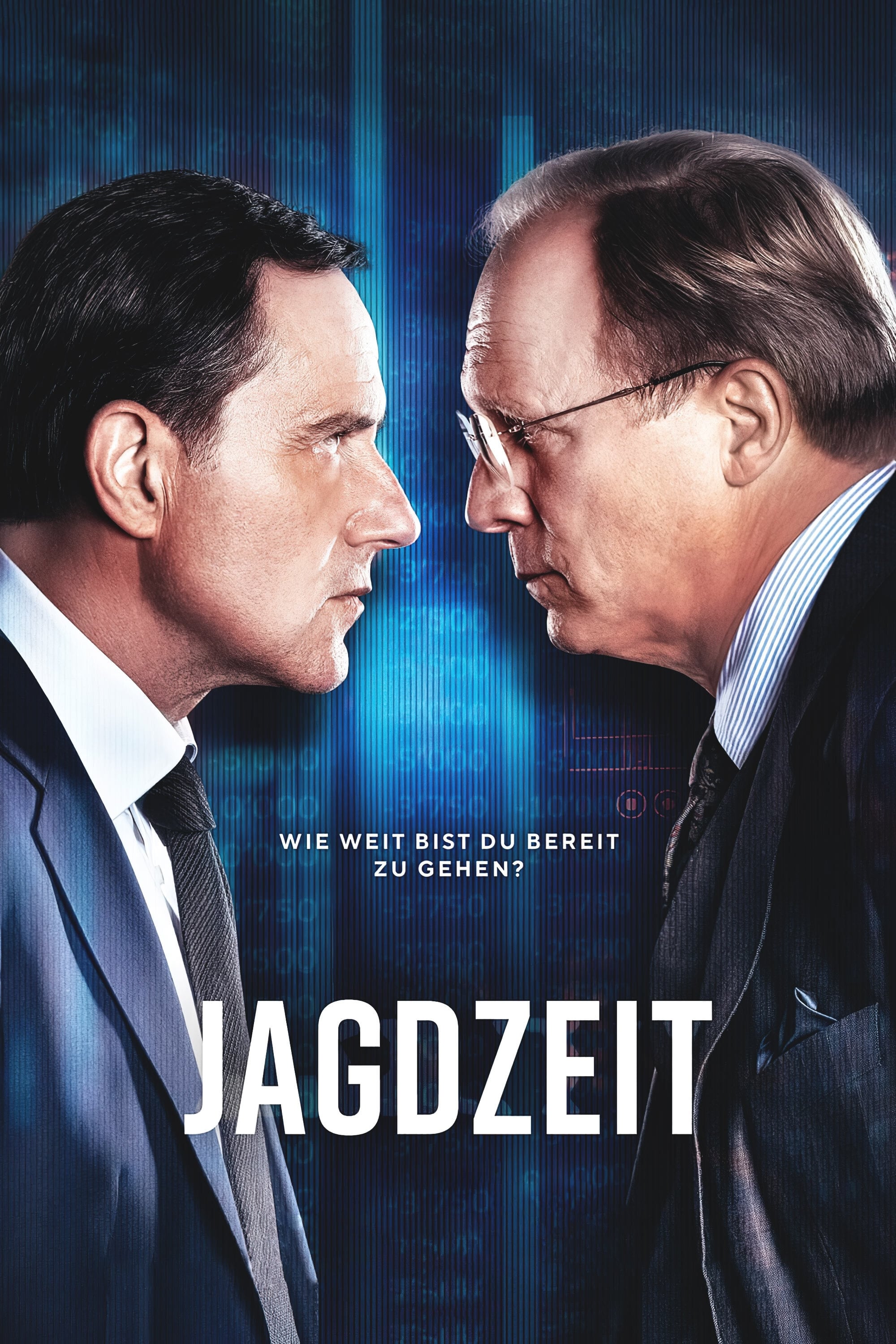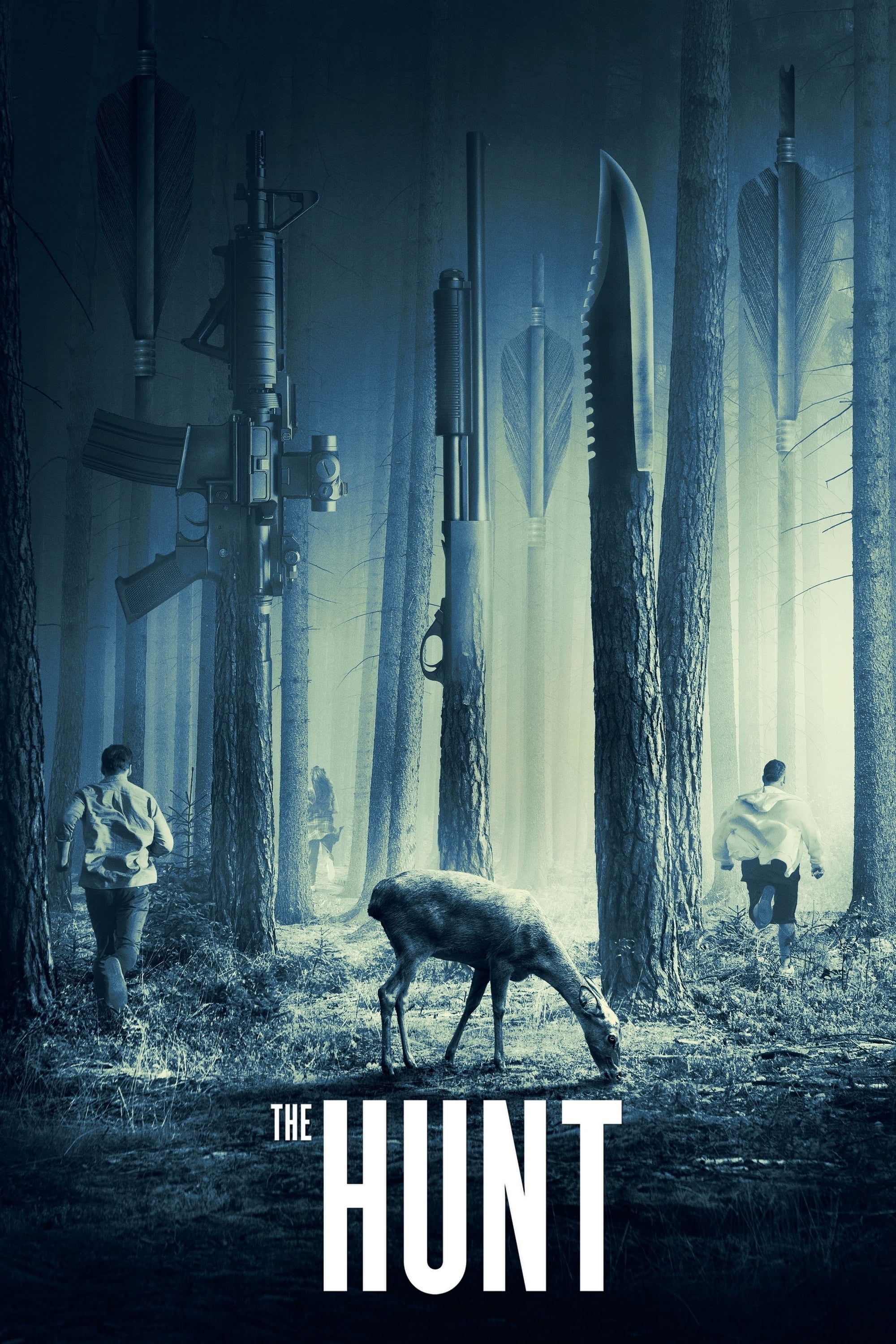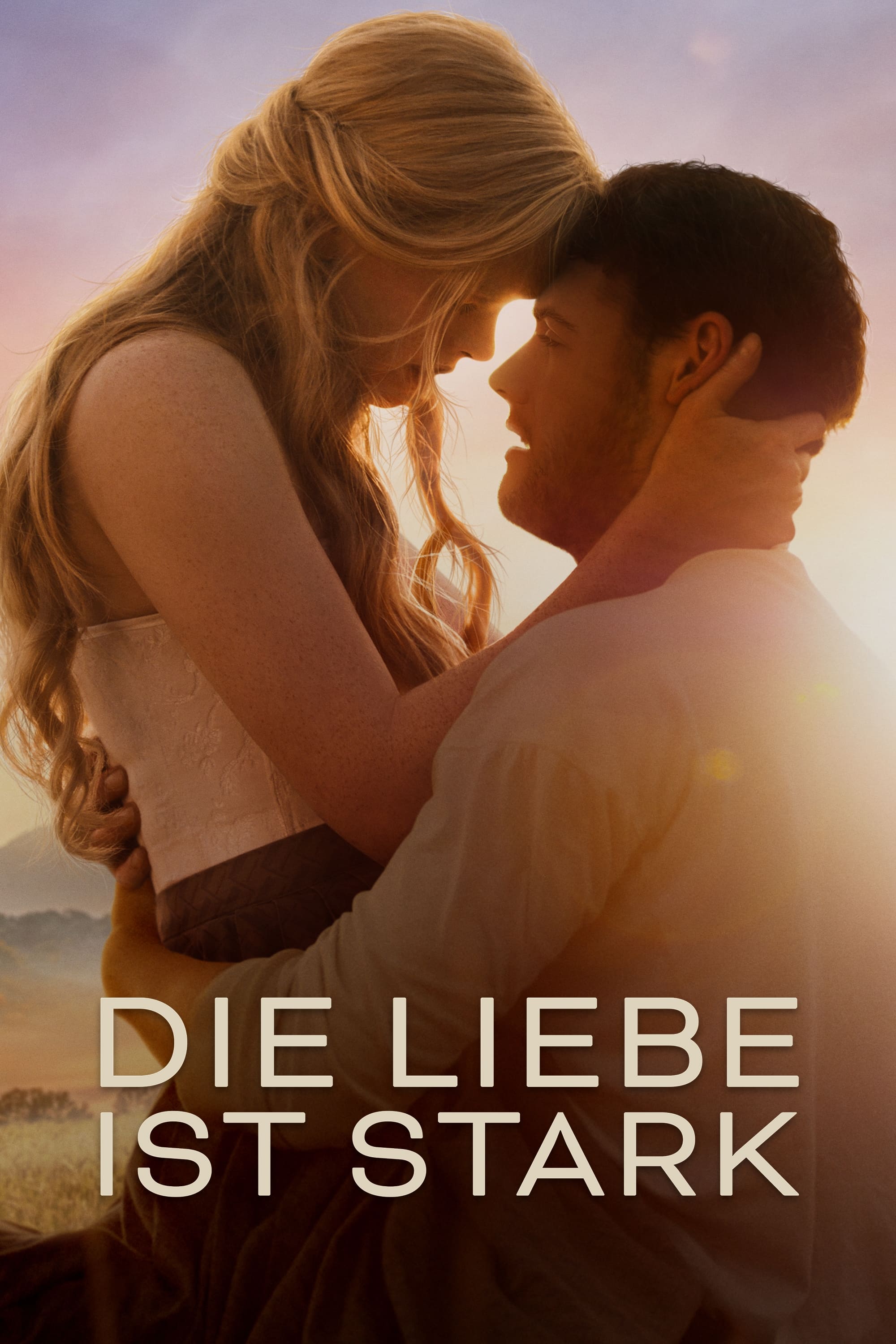
John Lennon – Rock ‘N’ Roll (1975/2014)
FLAC (tracks) 24-bit/96 kHz | Time – 39:49 minutes | 828 MB
Studio Master, Official Digital Download | Artwork: Digital booklet
Genre: Rock | Label: © EMI Records | Calderstone Productions | Source: HDTracks
Recorded: A&M Studios, October 1973; Record Plant Studios (East), 21-25 October 1974
Rock ‘n’ Roll is the sixth studio album by John Lennon. Released in 1975, it is an album of late 1950s and early 1960s songs as covered by Lennon. Recording the album was problematic and spanned an entire year: Phil Spector produced sessions in October 1973 at A&M Studios, and Lennon produced sessions in October 1974 at Record Plant Studios (East). Lennon was being sued by Morris Levy over copyright infringement of one line in his song “Come Together”. As part of an agreement, Lennon had to include three Levy-owned songs on Rock ‘n’ Roll. Spector ran away with the session recordings, later being involved in a motor accident, which left the album’s tracks unrecoverable until the beginning of the Walls and Bridges sessions. With Walls and Bridges coming out first, featuring one Levy-owned song, Levy sued Lennon expecting to see Lennon’s Rock ‘n’ Roll album.
The album was released in February 1975, reaching number 6 in both the United Kingdom and the United States, later being certified gold in both countries. The album was supported by the single “Stand by Me”, which peaked at number 20 in the US, and 30 in the UK. The album’s cover was taken by Jürgen Vollmer during the Beatles’ stay in Hamburg. The album was Lennon’s last until 1980; he took a hiatus from recording to raise his son, Sean Lennon.
Rock’N’Roll has one of the strangest back-stories in music folklore. From its unpromising origins in a legal morass and months of drunken time-wasting, John rescued this sparkling tribute to the bygone era that he adored. Its tracks were all cover versions, and hardly the mass anthems or scarred confessionals Lennon was known for. Yet Rock’N’Roll was both revealing and delightful. These same tracks resurrected the leather-clad, greasy-quiffed Liverpool teenager who still lived inside John Lennon’s head.
It began from mixed motives. Living in LA and newly separated from Yoko, John sought diversion in the far-from-stabilising companyof his old producer Phil Spector. Pop culture by 1973 was increasingly fond of its own history, evidenced by films like American Graffiti and cover albums including Bryan Ferry’s These Foolish Things and David Bowie’s Pin Ups. Through an album of oldies, John believed he could dodge the pressure of expectations while indulging himself in some knockabout nostalgia.
More specifically, there was the problem of Morris Levy. One of John’s final numbers for The Beatles,‘Come Together’ off Abbey Road, was judged to resemble an old Chuck Berry track‘You Can’t Catch Me’, to which Mr Levy – a canny showbiz veteran – owned the copyright. He duly sued and, in settlement, it was agreed that John would make three new recordings of Levy assets. He next reasoned that such blasts-from-the-past would sit awkwardly on one of his regular albums. Thus an entire retro project was planned, with Phil Spector at the controls.
Once Spector was in the studio, the Wall Of Sound creator reverted to type. Far from the disciplined minimalism of John Lennon/Plastic Ono Band, and the tasteful restraint of Imagine, here were massed ranks of LA’s finest (and most expensive) session players, all in raucous assembly. John, by now embarked on the year of wild living that was dubbed his “Lost Weekend”, was scarcely in a state to restore order. October and December saw the recording sessions lurch drunkenly from one location to the next, with scandalously little to show for it.
Eventually the sessions collapsed. Phil Spector vanished and took the tapes with him. John examined his own predicament and began cleaning up his act. The first step was a return to NewYork, to produce Harry Nilsson’s album Pussy Cats. Newly inspired, he went straight on to his own Walls And Bridges, the classic document of his recent time in the wilderness. Capitol’s Al Coury, in the meanwhile, had secured those missing tapes from Phil Spector, but John was naturally too focussed on his new record to go there.
Walls And Bridges’ closing snippet, ‘Ya Ya’, an old Lee Dorsey hit and a Morris Levy copyright, was a weak attempt (summarily rejected) to stall the unresolved legal matter. With Levy impatient, John accepted the inevitable and took his Walls And Bridges crew back into Record Plant East to finish what he and Spector had started a year previously. Little remains, on the album we know as Rock’N’Roll, of those initial LA sessions. Little, in fact, was deemed salvageable.
In late October, 1974, John completed an album’s worth of material made famous by such heroes as Little Richard, Sam Cooke and of course Chuck Berry. (“If you tried to give rock’n’roll another name,” he once said on The Mike Douglas Show, “you might call it Chuck Berry”). Gene Vincent’s lascivious ‘Be-Bop-A-Lula’ was a song John had played on stage in 1957, at the church hall show where he first met Paul McCartney. Such music was, of course, the bedrock of The Beatles’ repertoire until John and Paul’s songwriting talents blossomed. Even so, homages to Chuck Berry, et al, would still pepper the band’s early albums.
Larry Williams was several times covered by The Beatles (‘Dizzy Miss Lizzy’ being one instance), but John had another reason to include ‘Bony Moronie’. He had performed it, with his first band The Quarrymen, on the only occasion his mother Julia witnessed him on stage. There was an even earlier memory of his mother in Fats Domino’s ‘Ain’t That A Shame’ – the first song he learned, he said; it was taught to him by Julia, on a banjo. Rock’N’Roll may have begun as a legal obligation, and turned into a fiasco, but it was finally a labour of love. Both affectionate and distanced, its style is not of the frenzied Cavern Club days, but of a man relaxing into the simple joy of playing his all-time favourite music. The beautiful cover portrait of John, taken by his Hamburg friend Jurgen Vollmer in 1961, encapsulates his reflective take on that distant time. In ‘Just Because’, John signs off the album with a mock-showbiz speech. He later guessed it was his sub-conscious farewell to the whole music world.
The album would appear in February, 1975, a mere five months after Walls And Bridges and a few weeks after a major turning point in his life – his reunion with Yoko.
Nowadays, Yoko can enjoy Rock’N’Roll as perhaps the most straightforward of all John’s solo records. “The album Rock’N’Roll is amazing,” she says. “He was not just somebody who came in from the cold to the rock world… like me. His musical roots were Fats Domino, Gene Vincent and Chuck Berry – while mine were Bach, Brahms, and Beethoven. Nobody can sing classic rock like John did. With this album, especially, he showed that he was one of the kings of Rock’n’Roll.”
All of a sudden, John’s life developed in several positive ways. The Beatles’ festering contract dispute was finally resolved. Things were looking up in that US visa case, as well. And most of all, he was invited back to the Dakota.
In October of 1975, the Lennons’ reunion produced the greatest blessing of their lives, in the form of baby Sean. Recalls Yoko: “The day before he was born, in other words on October 8th, we got the notice that John got the immigration Green Card. And Sean was born four hours later, early on the 9th. Oh, and that was John’s birthday too! So, all three happened 1, 2, 3. John had the biggest smile.”
He then decided that he will take care of the baby. Yoko should take care of the business end. “And no more Rock’N’Roll!”
That really was it, for five whole years. For the first time since he had formed The Beatles, John Lennon found time to be peaceful, to sit around, to watch the wheels. But the most shocking chapter in his story was still to be written.
This digital remaster of Rock ‘N’ Roll was transferred from Protools 192 kHz (Prism AD8) into an analogue EMI TG12410 desk, into Sadie at 96kHz/24bit.
Tracklist:
1 Be-Bop-A-Lula 02:37
2 Stand By Me 03:31
3 Rip It Up – Ready Teddy 01:35
4 You Can’t Catch Me 04:54
5 Ain’t That A Shame 02:34
6 Do You Want To Dance 02:54
7 Sweet Little Sixteen 03:04
8 Slippin’ And Slidin’ 02:18
9 Peggy Sue 02:05
10 Bring It On Home To Me – Send Me Some Lovin’ 03:42
11 Bony Moronie 03:51
12 Ya Ya 02:18
13 Just Because 04:26
Personnel:
John Lennon: Guitars, vocals
Jesse Ed Davis, Jim Calvert: Guitar
Eddie Mottau, José Feliciano, Michael Hazelwood: Acoustic Guitar
Steve Cropper: Guitar
Klaus Voormann: Bass guitar, answer vocal on “Bring It On Home to Me”
Leon Russell, Ken Ascher: Keyboards
Jim Keltner, Hal Blaine, Gary Mallaber: Drums
Arthur Jenkins: Percussion
Nino Tempo: Saxophone
Jeff Barry, Barry Mann, Bobby Keys, Peter Jameson, Joseph Temperley, Dennis Morouse, Frank Vicari: Horn
Download:










![John Lennon - Signature Box (2010/2014) [24bit/96kHz] John Lennon - Signature Box (2010/2014) [24bit/96kHz]](https://getimg.link/images/imgimgimg/uploads/2015/08/61Ns3xochRL._SL1500_.jpg)
![John Lennon - Plastic Ono Band (1970) (The Ultimate Collection 2021) [High Fidelity Pure Audio Blu-Ray Disc] John Lennon - Plastic Ono Band (1970) (The Ultimate Collection 2021) [High Fidelity Pure Audio Blu-Ray Disc]](https://imghd.xyz/images/2023/04/30/jGV3sZ9.jpg)
![John Lennon - Japanese SHM-SACD Reissue Series 2014 (7x SACD, 1970-1980) [SACD ISO] John Lennon - Japanese SHM-SACD Reissue Series 2014 (7x SACD, 1970-1980) [SACD ISO]](https://getimg.link/images/imgimgimg/uploads/2015/08/g49H9GI.jpg)
![Elvis Presley - The Complete ’70s Albums Collection (2015) [Qobuz FLAC 24bit/96kHz] Elvis Presley - The Complete ’70s Albums Collection (2015) [Qobuz FLAC 24bit/96kHz]](https://getimg.link/images/imgimgimg/uploads/2018/02/CSenCex.jpg)
![The Beach Boys - The Beach Boys’ Party! Uncovered And Unplugged (2015) [HDTracks FLAC 24bit/88,2kHz] The Beach Boys - The Beach Boys’ Party! Uncovered And Unplugged (2015) [HDTracks FLAC 24bit/88,2kHz]](https://getimg.link/images/imgimgimg/uploads/2016/07/z21eMlL.jpg)
![John Lennon, Yoko Ono - Sometime In New York City (1972/2014) [HDTracks FLAC 24bit/96kHz] John Lennon, Yoko Ono - Sometime In New York City (1972/2014) [HDTracks FLAC 24bit/96kHz]](https://getimg.link/images/imgimgimg/uploads/2017/08/FZ0Y7N2.jpg)
![The Allman Brothers Band - The 1971 Fillmore East Recordings (2014) [ProStudioMasters FLAC 24bit/96kHz] The Allman Brothers Band - The 1971 Fillmore East Recordings (2014) [ProStudioMasters FLAC 24bit/96kHz]](https://getimg.link/images/imgimgimg/uploads/2016/04/0a35Te8.jpg)
![Billy Joel - The Complete Albums Collection (2011/2014) [Qobuz FLAC 24bit/96kHz] Billy Joel - The Complete Albums Collection (2011/2014) [Qobuz FLAC 24bit/96kHz]](https://getimg.link/images/imgimgimg/uploads/2018/01/7pJd7RG.jpg)
![John Lennon - GIMME SOME TRUTH. (Deluxe) (2020) [FLAC 24bit/96kHz] John Lennon - GIMME SOME TRUTH. (Deluxe) (2020) [FLAC 24bit/96kHz]](https://getimg.link/images/imgimgimg/uploads/2020/11/0WBqPwj.jpg)
![John Lennon - Walls And Bridges (1974/2014) [HDTracks FLAC 24bit/96kHz] John Lennon - Walls And Bridges (1974/2014) [HDTracks FLAC 24bit/96kHz]](https://getimg.link/images/imgimgimg/uploads/2017/08/lr8PPX4.jpg)
![John Lennon - John Lennon/Plastic Ono Band (1970/2014) [HDTracks FLAC 24bit/96kHz] John Lennon - John Lennon/Plastic Ono Band (1970/2014) [HDTracks FLAC 24bit/96kHz]](https://getimg.link/images/imgimgimg/uploads/2017/08/F6bAclI.jpg)
![Todd Rundgren - The 70’s Collection (2015) [HighResAudio FLAC 24bit/96kHz] Todd Rundgren - The 70’s Collection (2015) [HighResAudio FLAC 24bit/96kHz]](https://getimg.link/images/imgimgimg/uploads/2016/11/6vuDLyg.jpg)
![Grateful Dead - Complete Studio Albums Collection: 1967-1989 (2013) [HDTracks FLAC 24bit/192kHz] Grateful Dead - Complete Studio Albums Collection: 1967-1989 (2013) [HDTracks FLAC 24bit/192kHz]](https://getimg.link/images/imgimgimg/uploads/2017/03/fYL2581.jpg)
![John Lennon - Imagine (1971/2014) [HDTracks FLAC 24bit/96kHz] John Lennon - Imagine (1971/2014) [HDTracks FLAC 24bit/96kHz]](https://getimg.link/images/imgimgimg/uploads/2017/08/BXRgVRE.jpg)
![Queen - On Air (2016) [HDTracks FLAC 24bit/96kHz] Queen - On Air (2016) [HDTracks FLAC 24bit/96kHz]](https://getimg.link/images/imgimgimg/uploads/2017/07/W1BmvWX.jpg)